

Canada Facts For Kids
Interesting Canada Facts
Here are some interesting Canada Facts for Kids which were choosen and reseached by kids especially for kids.
- Population: 36.9 million people (2018)
- Capital: Ottawa 1.3 million inhabitants (2018)
- Name: Canada
- Government: Democracy
- Languages: English, French
- Religion: mainly Christians (Roman Catholics and Protestants)
- Currency: 1 Canadian Dollar (CAD)=100 Canadian cents
- National Symbols: Maple leaf, beaver
- History: Canada's biggest bay, Hudson Bay, was discovered in 1610. Since the 16th century, both French and English kings have ruled over the country. Canada gained independence from Britain in 1867. Today, Queen Elizabeth II of England is also the Queen of Canada and the head of state. The prime minister elected by the people is Justin Trudeau.
Canada Map: Where is Canada?
Canada is a country in the northern hemisphere. The country belongs to the North American continent and shares borders with the United States of America. Canada and the USA actually share the longest international border in the world. It is 8,891km/5,525miles long.
The longest part of the border is shared with the US-state of Alaska and is more than 2,475km/1,538miles long.
Canada Geography
- Canada is the second biggest country in the world, after Russia - measured by total area!
- Canada is a sparsely populated country, most of the people live close to the US-Canada border where the main urban areas such as Vancouver, Montreal, Quebec are.
- Canada's longest river is the McKenzie River in the North West. The river is 2,635miles or 4,241km long.
- The highest mountain in Canada is with 19,551ft or 5,959m the Mount Logan in the Yukon Territory at the border with Alaska.
- Canada has the largest waterfalls by water volume. These are the Niagara Falls.
Canada Attractions for Kids
Canada is one of the most popular tourist destinations in the world. There are many attractions for Canada visitors and kids will love to explore the amazing nature and wildlife.
Families also can go on great canoe trips in the national parks or enjoy skiing and snowboarding and other winter fun activities in the mountains. But also the big cities such as Toronto, Quebec and Vancouver have lots to offer to families travelling with kids with stunning museums and wonderful city parks for great outdoor activities such as cycling, climbing, sledging or iceskating.
Here are our favorite Canada attractions for kids:
- Vancouver: in the West of the country is great for outdoor sports. The Winter Olympics in 2010 took place in and around Vancouver/British Columbia. In the city, great attractions for children are the Maritime and the Science museums as well as the fantastic Grouse Mountain Skyride or doing the cliff walk and crossing the Capilano River over the Capilano Suspension Bridge.
- Niagara Falls: One of Canada's biggest tourist attractions, they were formed in the last Ice Age. The Niagara Falls are the largest waterfalls in Canada by volume of water.
- Quebec City: The Old Town was founded in 1608. Great to see the Frontenac castle buildings from the 18th and 19th century.
- Toronto: The CN Tower and the Roger's Center are great attractions in this city at the shores of Lake Ontario. The CN Tower is actually the tallest freestanding structure in the western hemisphere, while Roger's Center is a huge stadium and spots the world's first retractable roof.
- Banff National Park: Amazing wildlife, make sure to watch your belongings, as bears tend to chew up everything they find laying around, such as stray hiking boots;-) We had our experiences...
Canada Facts for Kids: Economy
- Canada is the second largest oil reserve holder after Saudi Arabia. The province of Alberta leads in the production of oil and natural gas in Canada.
- Canada is the leader in uranium mining. And uranium is used in nuclear power plants for producing electricity.
- The province of Saskatchewan is the main agricultural province in Canada and grows 45% of Canada's grain such as wheat, canola, flax or rye.
- Canada is the world leader of Hydro Electricity which uses the power of the water to produce electricity.
- Canada is second in sawn softwood production after the USA.
Canada Facts for Kids: Canada People
The Canadian people are called Canadians. Most of the Canadian families have roots in England and France, as during the French and British colonised the country and thus many families from 'the old world' immigrated into Canada.
Canada has two official languages: English and French. Almost half of the population can speak both languages. The majority of Canadians speak English as first language, but French is the main language in the Quebec province. In Quebec also almost half of the population is bilingual, which means that they are able to speak both languages fluently.
- Almost 90% of all Canadians live within 200km/125miles of the Canada-USA border!
- Main languages are English and French
- Inuit are one group of Canada's indigenous people
- Life expectancy at birth is 81 years
- Literacy Rate is 99%
Among the aboriginal people in Canada are the Métis, the First Nations People and the Inuit.
The indigenous people in northern Canada are called 'Inuit'. Inuit people, which were called 'eskimos' previously but this name is not acceptable and pejorative. Today, only 5 in 100 Canadians refer to themselves as 'Inuk' (one of the Inuit people).
The inuit live today in modern houses but still build igloos, especially when hunting. The inuit children go to the community's schools, but there are no universities in the North. So if the children decide to go on studying, they have to leave their communities and move to university cities. In the Inuit language, writing text was only begun in the 19th century before they mainly used symbols for writing.
***
We hope you enjoyed reading out Canada Facts for Kids. Make sure to bookmark this page, as we plan to add on more information. Feel free to contact us if your school would like to work on a school project about Canada (animals, food, people, traditions, games, sport etc.) with us.
Find 25 more fun facts about Canada here:
Canada Facts for Kids: Resources
- Canada Facts for Kids References: BBC News: Canada Profile latest checked 4 October 2017
- Canada Statistics: Government of Canada official website - archived article - 4 October 2017
- Various Canada Quizzes - 4 October 2017
- Inuit Cultural Online Resource: last accessed 4 October 2017
Picture credits on Canada Facts for Kids: Shutterstock.com and sxc.hu (Clipboard: 1.Meysam Sadat-Mansouri, 2.Sumair ur Rahman and 3.Cindy Pepper)



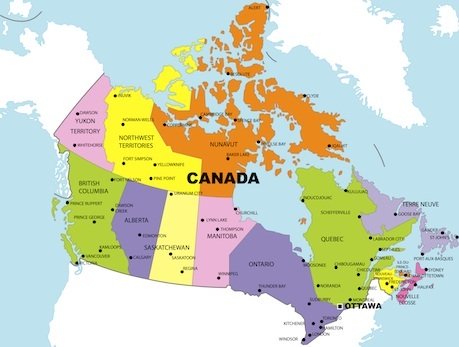
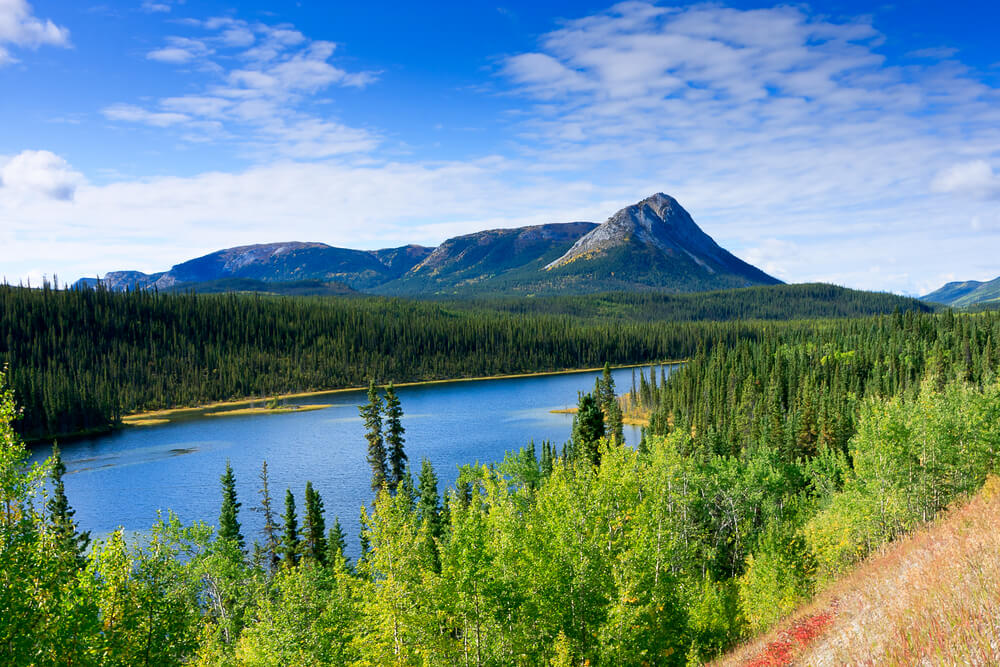
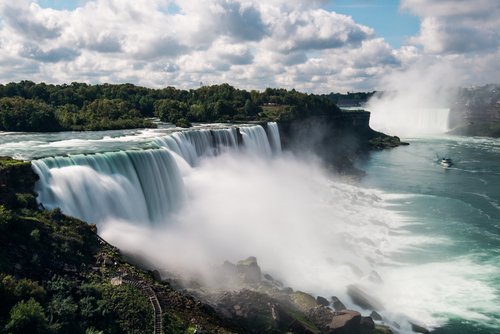
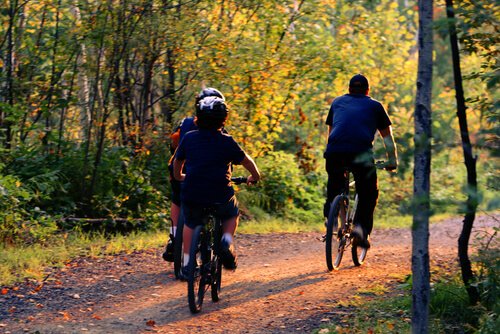
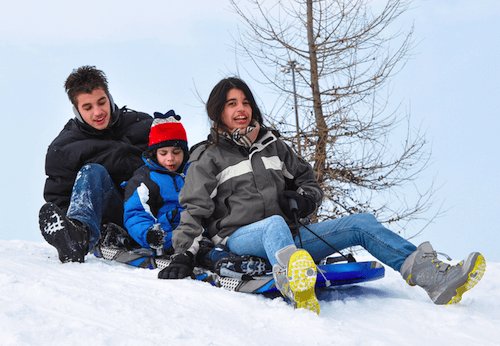
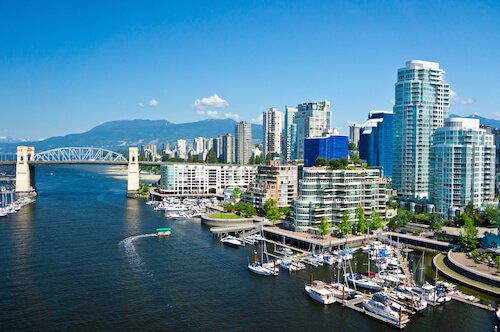
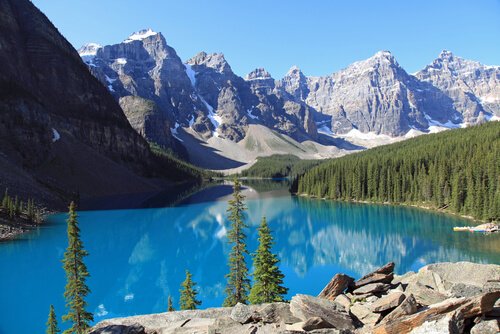
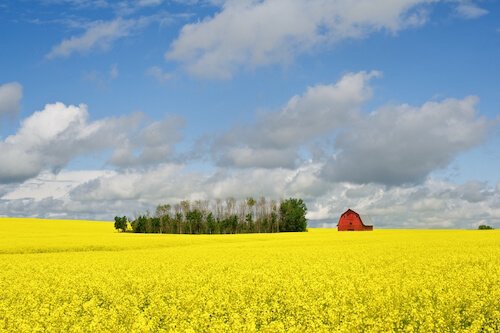
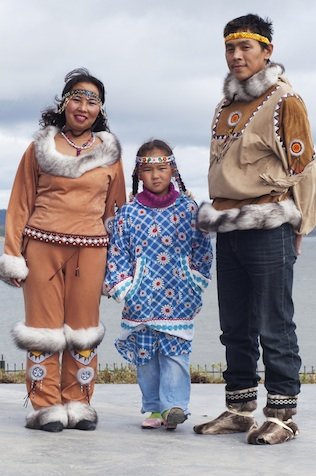
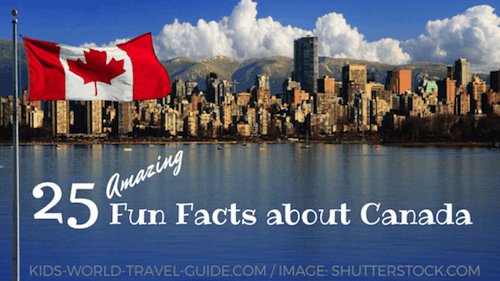
No hay comentarios:
Publicar un comentario